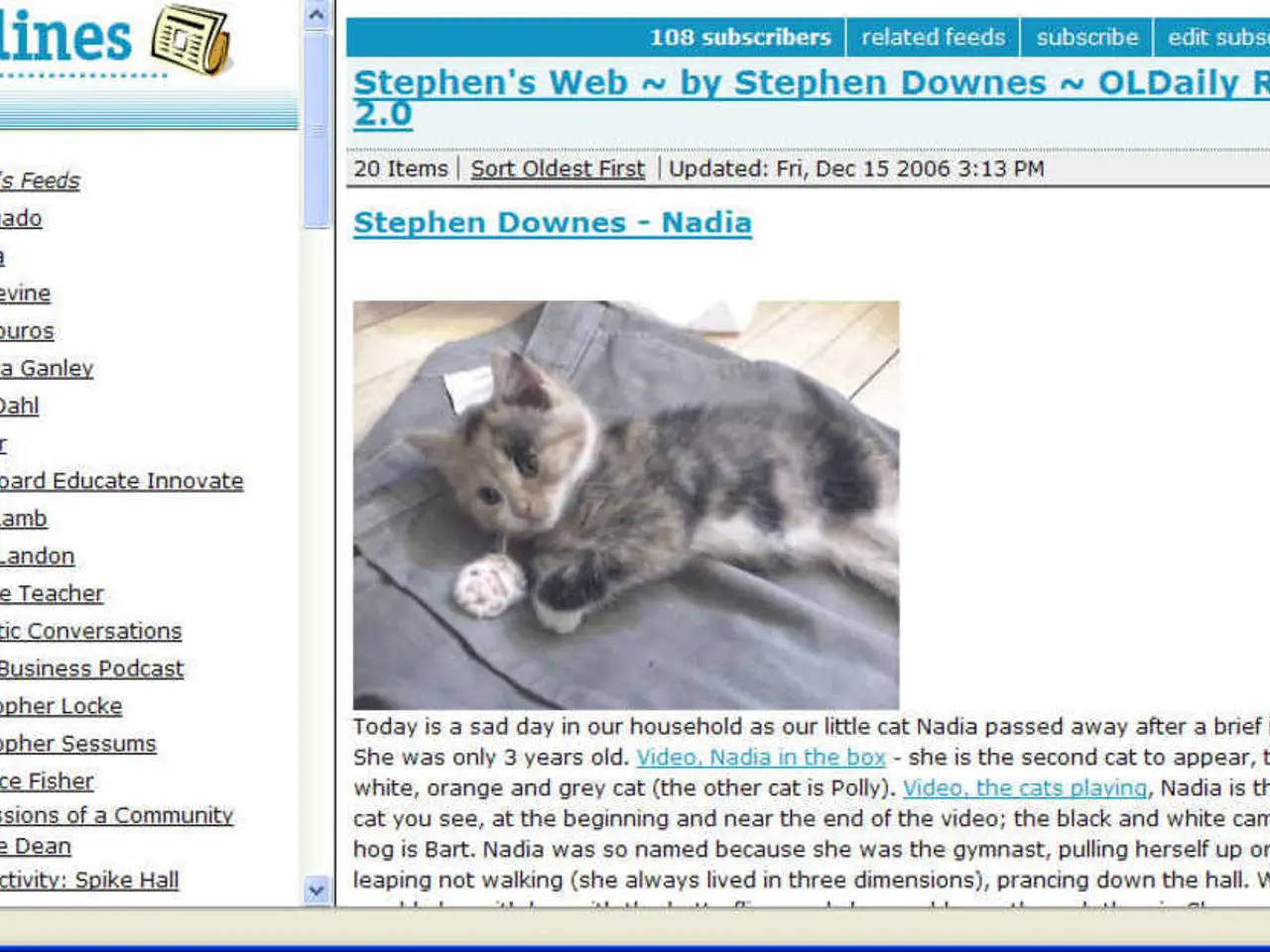Online Customer Reactions to Inaccurate Service Descriptions in Web-Based Evaluations
In a recent study, researchers have found that user-generated online reviews provide a more detailed and nuanced reflection of consumer arousal and emotions in response to service failures, compared to numeric ratings.
The experiments employed a combination of galvanic skin response, survey measures, and automated facial expression analysis to measure consumer reactions. The study also contributes to the literature on physiological measures of consumers' emotions in service contexts.
User-generated online reviews allow consumers to express rich, emotional reactions to service failures, often reflecting heightened arousal states such as frustration, anger, or disappointment. These reviews provide narrative explanations that convey the intensity and type of emotions felt during the service failure, influencing other consumers’ perceptions and trust more deeply because they reveal affective experiences, not just a score.
In contrast, numeric ratings condense consumer sentiment into a single quantitative measure, such as star ratings. While useful for quick evaluation and comparison, numeric ratings tend to obscure the underlying emotional arousal or specific frustration sources, offering less insight into how intensely consumers felt or why.
Responding to negative feedback effectively can help manage and reduce negative emotional arousal among customers. This is more feasible when the detailed emotional content of user reviews is available rather than just numeric scores.
The study found that emotional contagion occurs when consumers read user-generated content, even if they did not experience the events being described. This emotional contagion can significantly influence consumer perceptions and trust.
The research contributes to the marketing literature on online consumer reviews (OCRs) in service failures and highlights the need for further research to examine the influence of review elements beyond numeric ratings, particularly in services contexts.
In summary, user-generated reviews better reflect consumer arousal and emotions in service failures than numeric ratings do, making them more valuable for understanding and managing consumer experiences in service contexts. The findings of the study also contribute to the understanding of the negativity bias in user-generated content.
| Aspect | User-Generated Online Reviews | Numeric Ratings | |-------------------------------|-----------------------------------------------|-------------------------------------| | Emotional depth | High, detailed emotional and arousal expression | Low, aggregate sentiment only | | Consumer arousal capture | Explicit description of feelings and intensity | Implicit, not clearly reflected | | Influence on others | Higher trust and impact due to narrative detail | Quick impression, less emotional impact | | Usefulness for service recovery | Enables tailored emotional responses | Limited due to lack of context |
This research underscores the importance of considering user-generated reviews in understanding and managing consumer experiences in service failures, particularly in light of their emotional depth and explicit description of feelings and intensity.
- The incorporation of facial coding in media analytics, aided by data-and-cloud-computing technology, could potentially enhance the interpretation of consumer emotions in user-generated online reviews, thereby providing a more nuanced understanding of their health-and-wellness and mental-health responses to service failures.
- In the field of health-and-wellness and mental-health, scientists are eager to explore the impact of negative emotional arousal as expressed in user-generated online reviews, with the ultimate goal of refining service recovery strategies that address not just the underlying frustration sources but also the specific mental and emotional needs of consumers.
- The use of technology, such as automated facial expression analysis, in conjunction with traditional physiological measures, like galvanic skin response, has the potential to aid media analytics and advance the science of understanding consumer reactions in service contexts, contributing to the broader health-and-wellness and mental-health landscape.




